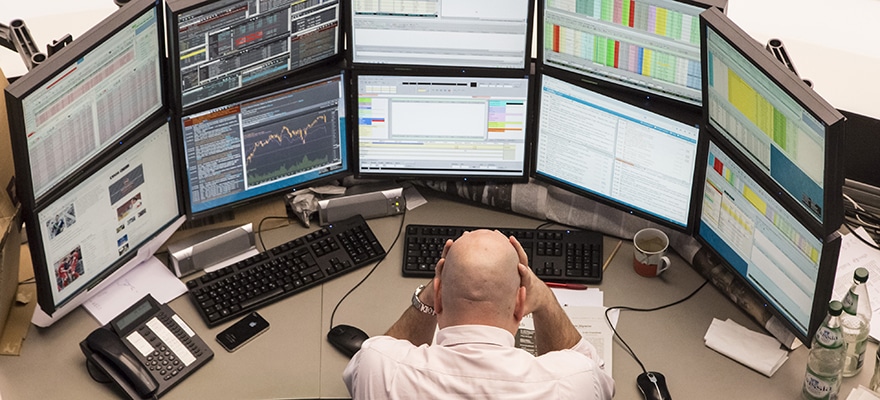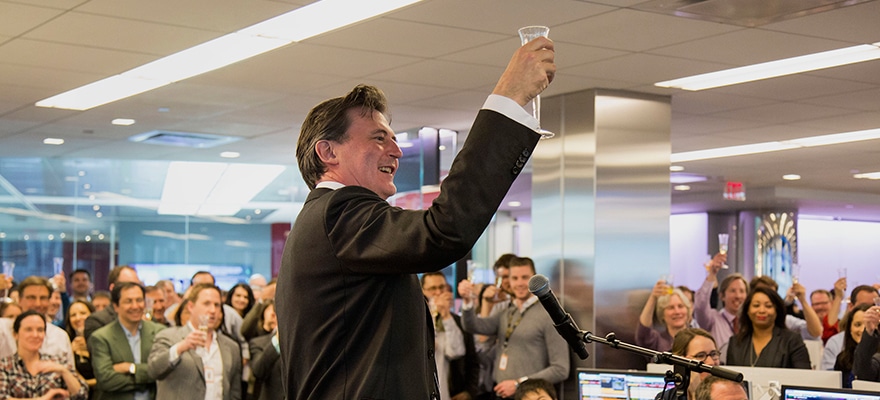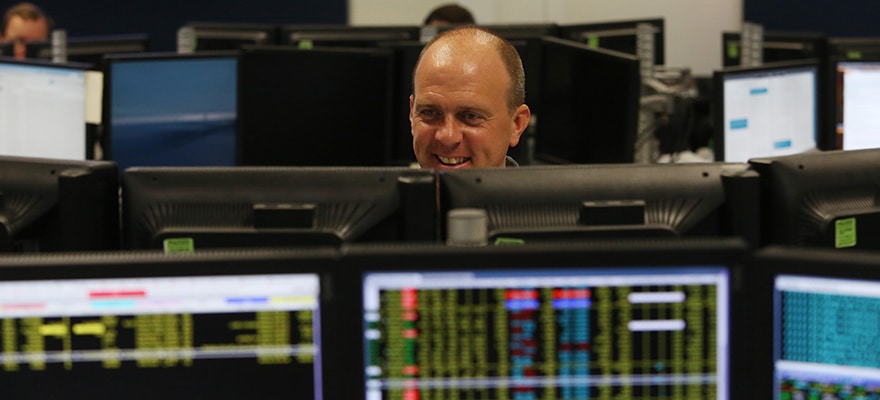Before fully answering the question, it would be remiss of me not to talk about mobile technology. Despite the large number of trading platforms now providing mobile and tablet apps, it is my view that there remains significant opportunities for refining the usability and functionality provided by these interfaces. My opinion is that retail FX will follow other industries which are now heavily reliant on apps and we will soon see the arrival of the “mobile only” client type – a customer who registers with a broker, funds his account and regularly trades all via an app and without any reference to a web-site or web-based Trading Platform .
The Ascension of Predictive Analytics
In terms of the next big technology breakthrough, my view is that the use of predictive analytics will become increasingly established in the FX industry. Predictive analytics is a collection of tools and techniques that are used to analyse current and historic data such that forecasts can be made about the future. The goal of predictive analytics is to develop actionable insights such that smarter decisions can be made thus resulting in better outcomes. Predictive analytics and big data are closely aligned and share many of the same methods and tools.
Perhaps the most accessible and current example of predictive analytics is its use by Amazon. Like many large technology-oriented organisations, Amazon makes extensive use of the data that it collects and can propose product recommendations based on information it has access to including your searching, viewing and order data. But this is just the beginning; the online retailer has already secured a patent for an algorithm-based anticipatory shipping system, which could conceivably be used to ship products before you even place an order.
What Does This Mean For FX?
So what does predictive analytics mean for FX brokers and their customers? FX brokers will have access to increasingly intelligent Risk Management tools that utilize computers to make the “easier” decisions allowing for the automatic adjustment of market spreads, the placing of hedge trades against pre-defined rules and client risk profiling. This move towards automation will allow the dealers on the desk to focus on the more complex activities and decisions associated with their role. For end users, we will see significant increases in the intelligence of automatic pattern matching for technical analysis and the ability for traders to receive automatic feedback on their trading behavior with recommendations on both trading strategy and individual trading opportunities, all in real-time.













